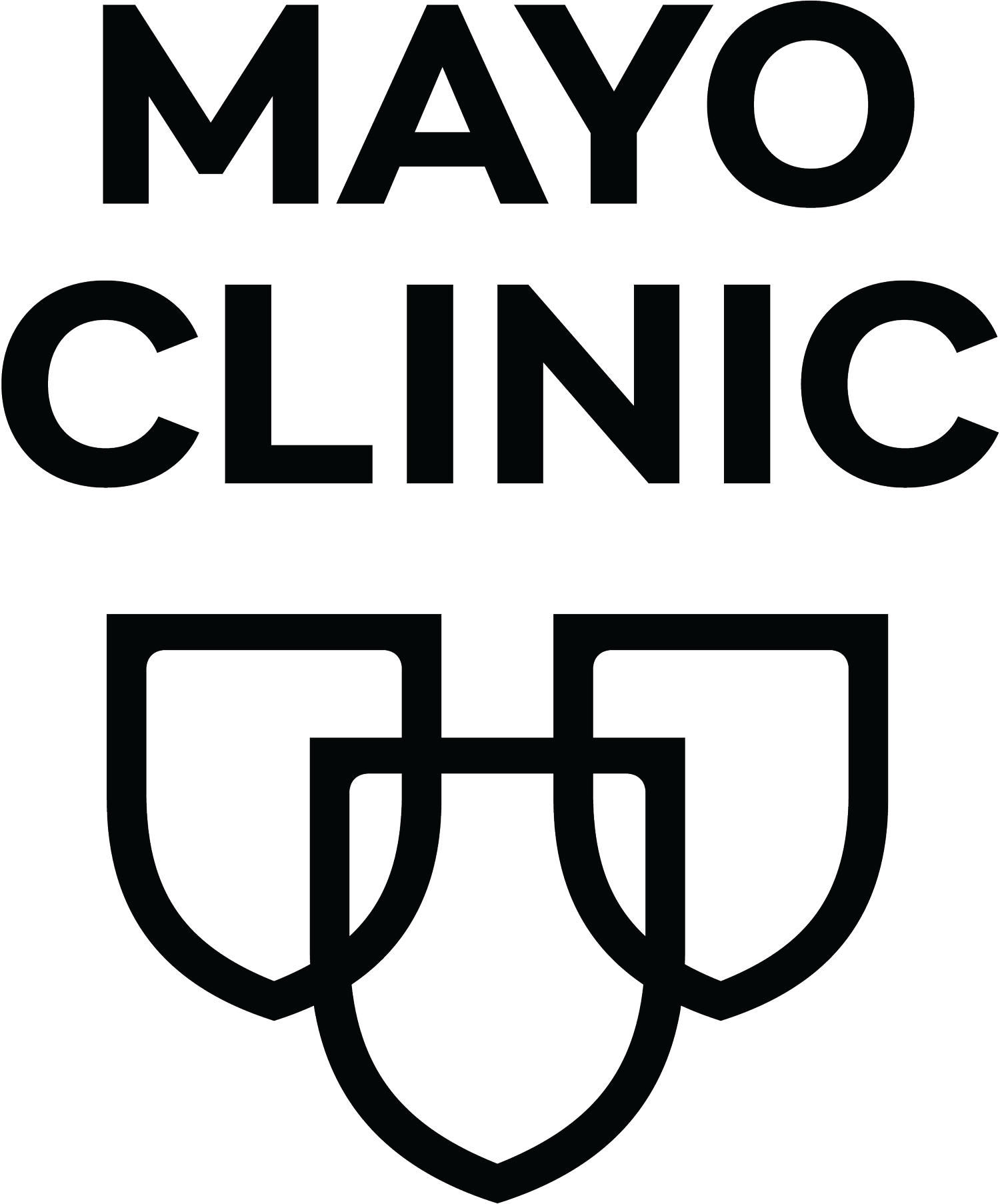Mayo Clinic in Arizona creates a free clinic for underserved patients, bridging gaps in health equity
Mayo Clinic started a free gastroenterology clinic for underserved patients in the Phoenix area, under the direction of Sarah Umar, M.D. a gastroenterologist and director of the Gastroenterology Fellowship Program at Mayo Clinic in Arizona. She’s also developed a Certificate in Health Equity program with colleagues from Arizona State University.
In this Q&A, she talks about how this work is making a difference for patients now and in the future:
What drew you to this work?
DR. UMAR: I was drawn to this work by something I didn’t see: underserved populations. I knew they were there in our city, but we weren’t seeing them as patients. I realized there was a void that needed to be filled.
When I became director of the Gastroenterology Fellowship Program, I decided to make it my mission to identify that gap and figure out how to close it. We do an excellent job of educating trainees at Mayo Clinic. Our research is second to none, and our patient care is world-renowned. However, we were not doing a good job of reaching and caring for the underserved. There was a big and important gap to fill.
How is your work helping advance racial equity for patients or staff at Mayo Clinic?
DR. UMAR: In 2021, we established a monthly gastroenterology clinic at Adelante Healthcare, a federally qualified health care system in the Valley. Our staff and fellows volunteer their time to see patients with a variety of gastroenterology complaints.
In addition, through Mayo’s charity care program, we’re able to bring some of these patients here to Mayo for diagnostic procedures like colonoscopy and upper endoscopy. We found our first colon cancer patient in September 2021, and Mayo is assuming the cost of the patient’s care. This is work that is having a direct impact on patients who we would not have otherwise been able to help.
While our clinic has been amazing and has helped a lot of people get the care they need and deserve, there was still more that needed to be done. To provide better care to our patients, we needed to better understand this group of patients and their circumstances, including social determinants of health, health literacy, and potential mistrust of our health care system. We also needed to understand our own unconscious biases.
I think it’s so important that when we ask people to do things like understanding unconscious bias or eradicating racism, for example, that we also teach people why we’re asking them and why it matters.
I was so fortunate to meet Swapna Reddy, J.D., Dr.PH., an expert in health equity and health disparities at Arizona State University. I told her about these gaps that I felt needed filling to better approach and treat patients and asked how we might start teaching why these concepts were important and how they impacted patients. Professor Reddy and her team at Arizona State University were instrumental in helping design a curriculum that began last year.
We received funding from the Mayo Clinic Cancer Center to pilot our curriculum, and 100 people enrolled. It was spectacularly well-received, and people from outside the pilot wanted to know how they could get involved.
This year, we received funding through Mayo’s $100 million commitment against racism to expand the program. We currently have 400 medical and ancillary staff, and trainees, enrolled in the program. Graduates earn a Certificate in Health Equity through the College of Health Solutions at Arizona State University. We’re hoping to expand the program throughout Mayo and ultimately even beyond.
What in particular are you excited about?
DR. UMAR: I’m excited by the level of engagement in the health equity program. In addition to didactic elements, the program includes interactive modules and reflective writing. I’ve been so impressed by the degree of reflection and introspection in people’s responses. People have opened up about their own experiences. These haven’t always been comfortable topics to talk about, but clearly they are topics that are on people’s minds. It’s been inspiring, fascinating and humbling to read these reflections.
I’m also excited and grateful that Mayo is investing time and resources toward this work. I don’t think we could have done this five years ago. It’s heartening to see so many people coming together to move this work forward in their own ways.
What have you seen happen this past year that inspires you or give you hope?
DR. UMAR: That we are getting more comfortable talking in that previously uncomfortable zone. The conversations give me hope that we are going to be able to take better care of all our patients.
In 2030, how will we know if these efforts will have been a success?
DR. UMAR: We’ll know our work is a success if in 2030 health equity and inclusion become interwoven into Mayo Clinic’s mission. Talking about disparities and how to eliminate them will be a comfortable and natural part of discussions about health care and clinical trials enrollment. We’ll have a diverse workforce with people from all types of backgrounds so that patients and learners see people who look like them and come from places like themselves.
Is that realistic? What gives you hope that we could get there?
DR. UMAR: Mayo’s commitment against racism gives me not only hope, but confidence that we can get there. There are inspirational people leading this work and getting other people excited about getting involved. I envision diversity and inclusion becoming almost a fourth shield with Mayo being recognized as a place that exemplifies health equity. This work will make us a better institution. We’re well on our way, and I’m excited to see it.

